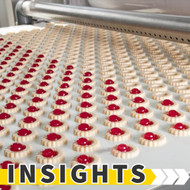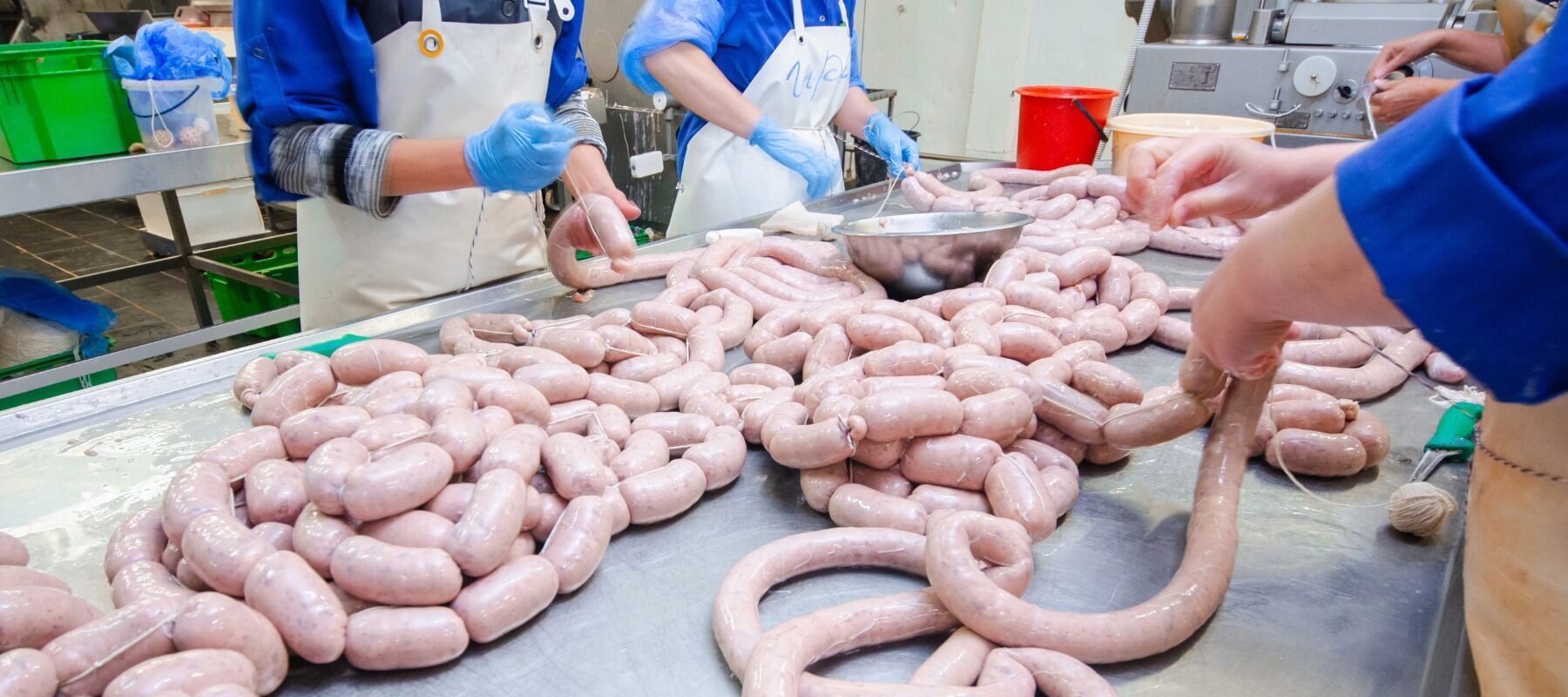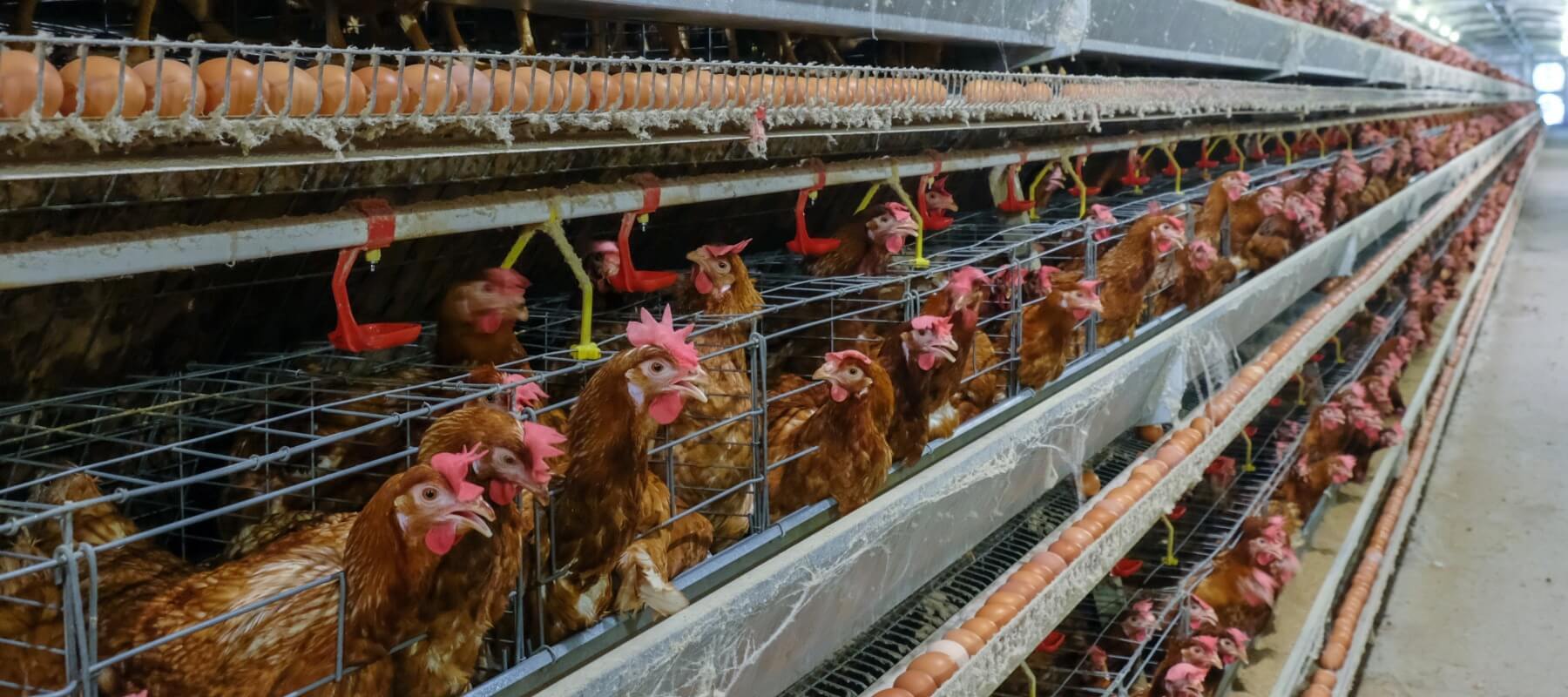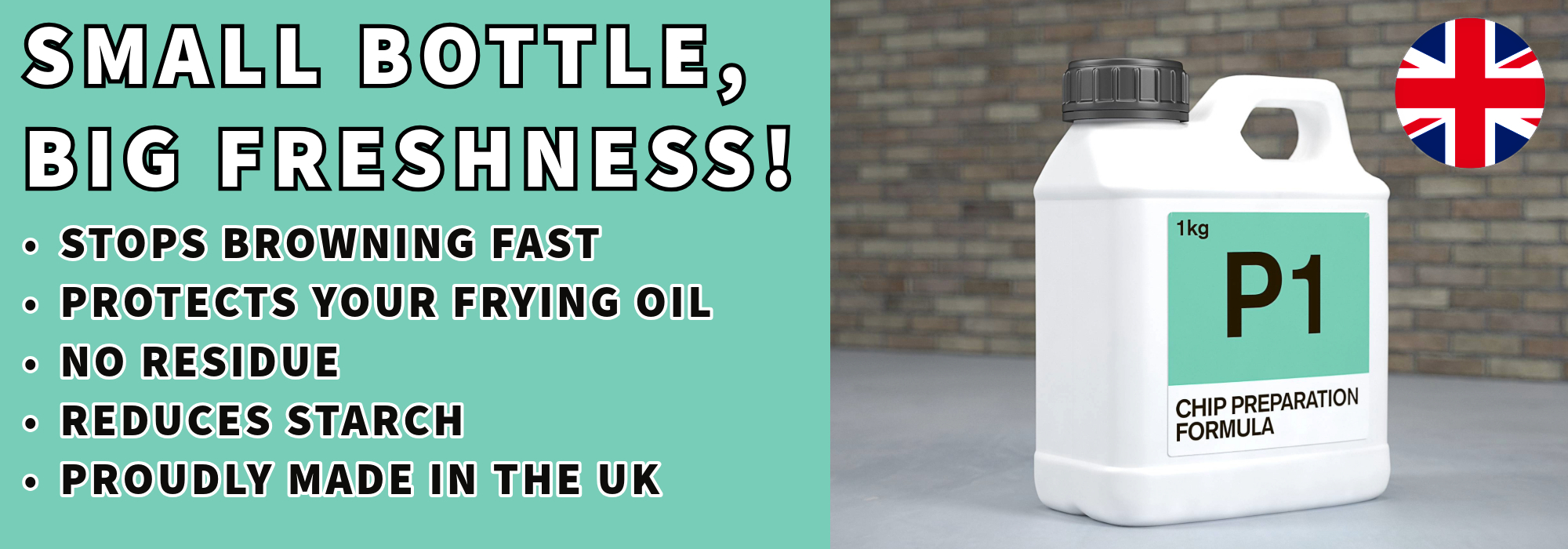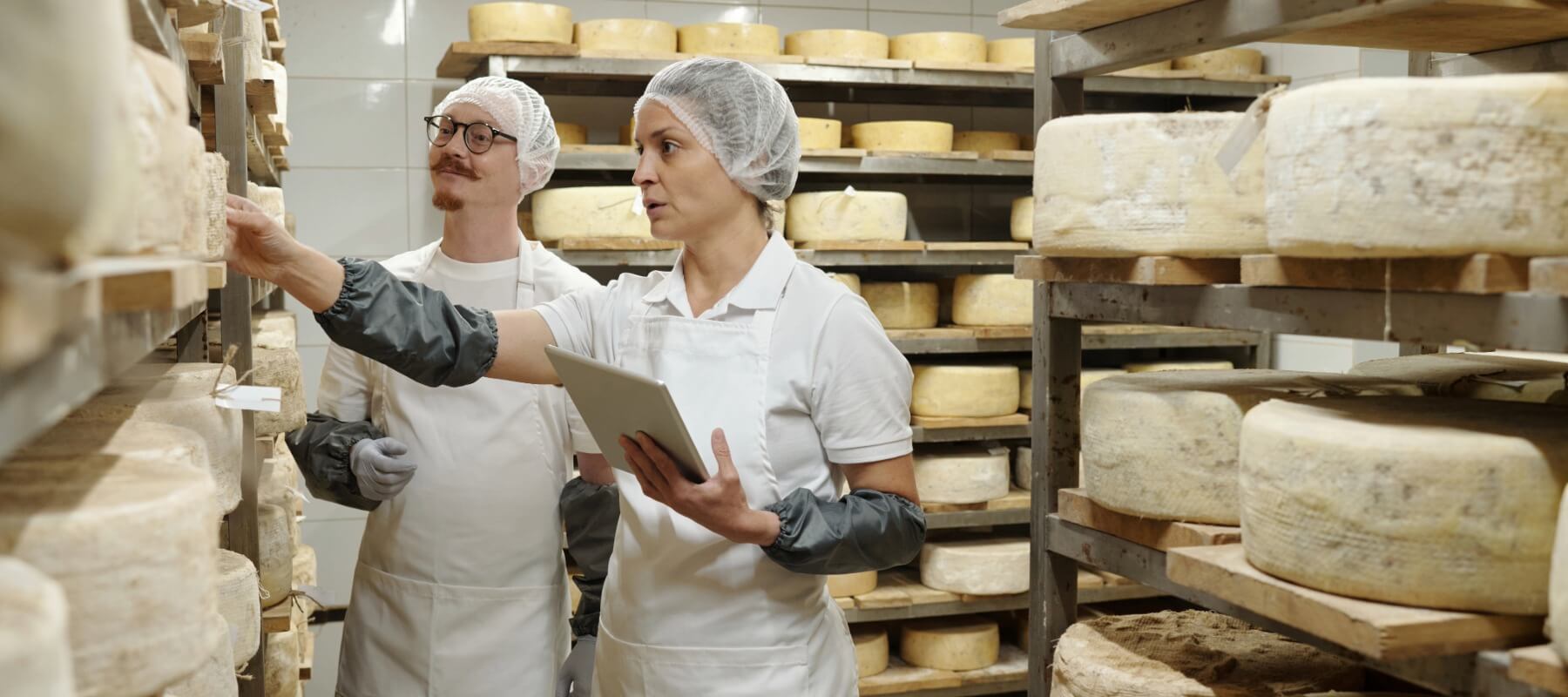Why Britain’s Food Inflation Crisis Isn’t Over Yet
Posted by Emily on 20th Aug 2025 Reading Time:
Food prices are rising again — and not by a little. Over the past five years, the cost of everyday essentials has surged by nearly 37%. To put that in perspective, the previous five years saw an increase of just 5%. Today, shoppers notice it most when the weekly supermarket bill creeps higher, or when a meal out feels less affordable than before. But the roots of this crisis lie far deeper than the supermarket checkout.
The uncomfortable truth is that a single cause is not driving food inflation. Instead, it is the product of overlapping pressures: volatile climate conditions, geopolitical shocks, rising business costs, and shifting consumer demand. Together, these forces are reshaping Britain’s food economy — and the pain is being felt in households and hospitality businesses across the country.
Climate and Crops: A Fragile Foundation
Farmers are often the first to feel the pressure. In the UK, drought has left fields parched and yields low. Abroad, extreme weather events in key producing nations have slashed harvests of cocoa, coffee, and fresh fruit.
“The weather is going to be driving costs up,” warns Lewis Clare, an organic farmer near Manchester. After a year of dry conditions and poor yields, Clare believes prices will climb further. His experience illustrates a wider reality: when crops fail, the supply of good produce shrinks — and suddenly, what is available becomes more expensive.
Climate change has turned volatility into the new normal. What used to be a bad season now risks becoming a structural feature of farming. For food producers, that means higher costs. For consumers, it means higher prices at the tills.
The Global Picture: Conflict and Supply Chains
But the weather is only one part of the story. The war in Ukraine has disrupted grain and sunflower oil exports, sent energy prices soaring, and reshaped farming decisions across Europe. Clare, for example, was forced to abandon egg production after the Russian invasion.
These shocks ripple through the system. Farmers adjust production, wholesalers pay more for raw goods, supermarkets and restaurants raise prices — and consumers feel the impact six to eighteen months later. The same cycle repeats with global trade tensions and outbreaks of animal disease, such as avian flu, which has devastated poultry production and pushed chicken prices to record highs.
Chicken prices have nearly doubled in two years, driven by avian flu and stricter welfare rules that reduce how many birds can be kept in each unit. As Andrew Keeble, managing director of Heck Sausages, put it: “There aren’t enough sheds, to put it bluntly, and that is driving availability prices through the roof at the moment.”
The Domestic Squeeze on Businesses
Even without global disruptions, UK businesses face rising costs at home. April’s rise in the National Minimum Wage and employer National Insurance Contributions added new financial burdens for hospitality and food operators. Energy remains expensive, particularly for businesses that rely on refrigeration, ovens, and fryers.
Jane Matthews, operations director of the Ice Cream Farm in Cheshire, describes the reality bluntly: “We’re being squeezed on all corners.” Her business faces payroll, energy, and ingredient costs climbing all at once. Yet, like many in the hospitality sector, she knows that pushing prices too far risks deterring customers whose own budgets are under strain.
The result is a constant balancing act: raise prices too little and risk losses; raise them too much and risk losing customers.
Households Adjust: The New Consumer Reality
Shoppers are also adapting, sometimes in subtle but telling ways. Families still want treats but increasingly turn to cheaper ones: a takeaway coffee, a chocolate bar, or a bag of chips for the children. At the Ice Cream Farm in Cheshire, Matthews has noticed families bringing picnics, supplementing them with smaller purchases.
For higher-income households, there is still some flexibility — trading down to supermarket own brands or cutting back on luxury items. But for low-income families, options are limited. As Lalitha Try of the Resolution Foundation notes, they already buy the cheapest goods available, so food inflation bites hardest where budgets are thinnest.
Even wealthier families are not immune. Many live “to their means”, tied up in mortgages, car payments, or school fees. Rising food prices force uncomfortable trade-offs, highlighting that inflation is no respecter of income.
Structural Inflation: A Perfect Storm
Recent figures suggest food and drink inflation stands at 4.9% annually, with the Bank of England projecting a peak of 5.5% before easing to 2–3% by 2026. Yet the persistence of food inflation exposes how deeply embedded these pressures are.
Meat and tea prices remain high due to tighter global supplies. Chicken prices have nearly doubled in two years. Beef costs continue to climb, partly driven by consumer demand for high-protein diets. Wholesale shortages in cupboard staples like coffee, chocolate, and orange juice are now a regular feature of market updates, rather than an exception.
The Wider Economic Stakes
Food prices are more than a household problem. They shape the entire economic landscape. Inflation is running at 3.8% — above expectations — and food remains one of its most stubborn drivers.
For the Bank of England, this complicates its decision-making. High inflation usually means keeping interest rates higher to meet incredible demand, but Britain’s sluggish economy also requires stimulus. Businesses are squeezed between these two forces, unsure whether to plan for relief or brace for further pain.
Meanwhile, the autumn Budget looms. The government insists measures such as extending free school meals and capping bus fares will help ease the cost of living. But trade bodies and unions warn that without bolder action, families and businesses will continue to struggle.
Conclusion: The Economics of Eating
Food inflation has become a symbol of the wider economic squeeze. It reflects the fragility of farming in a changing climate, the risks of global supply chains, and the costs of running a business in a high-tax, high-cost environment.
While forecasts suggest some easing in the coming years, the truth is more sobering: the structural forces behind food inflation are not temporary. Without significant investment in sustainable agriculture, smarter supply chains, and meaningful support for low-income households, the price of eating in Britain will remain under pressure.
The question is no longer whether food prices will rise, but how businesses, families, and policymakers adapt to a new reality where the weekly shop — and the simple act of eating out — carries an economic weight that cannot be ignored.

